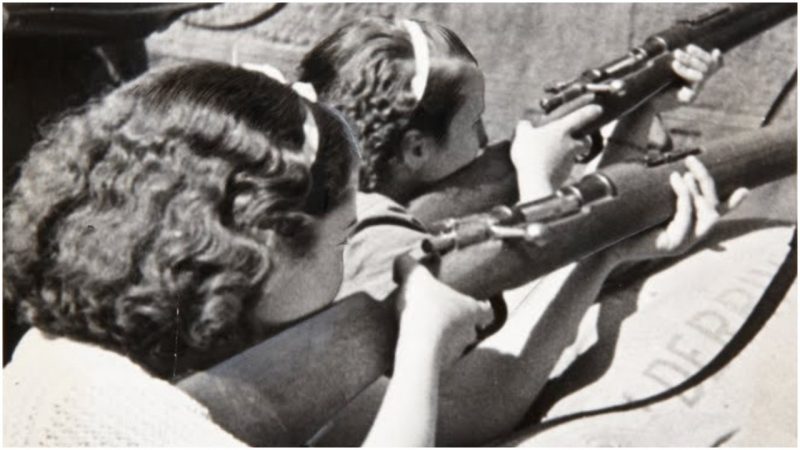The Spanish Civil War provided the perfect laboratory conditions for the Soviet military to test its combat readiness prior to the arrival of a ‘big war’ on the continent. During the Spanish Civil War, it squared off against German and Italian soldiers and equipment supporting the Franco Regime as well as Russian “White” officers, who officially sought revenge for the events of the Russian Civil War.
Here are five interesting facts about the Soviet Union’s participation in the conflict.
Defending Madrid
First is that the Soviet military made a considerable contribution to the defense of Madrid. During October to November of 1936, when the city’s fate was in the balance, the Soviet military provided the impetus required to hold Franco’s forces in check.
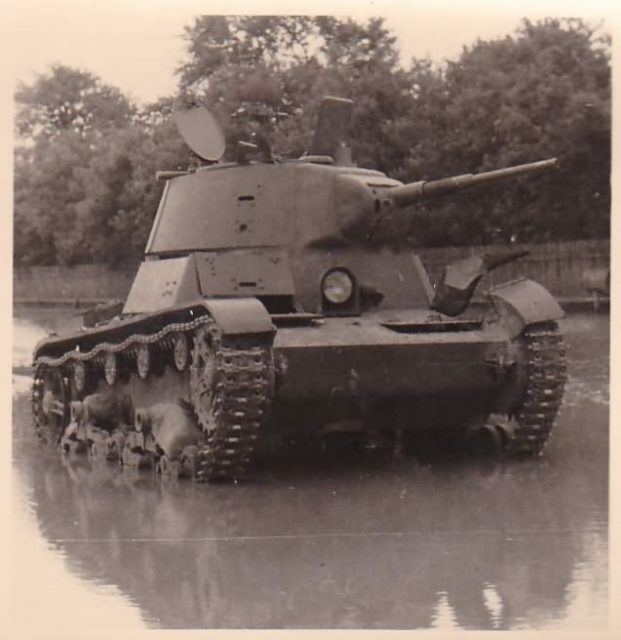
Having made a heavy offensive on the capital, the Francoists were not expecting stubborn resistance. Their tanks reached Madrid’s southern approaches on October 23 in anticipation of victory and ran into a wall of Russian T-26 tanks.
The tank units, commanded by Captain Paul “Greize” Arman and Brigadier Dmitriy “Pablo” Pavlov, were instrumental in keeping the city from being taken by the Francoists, at least for the time being.
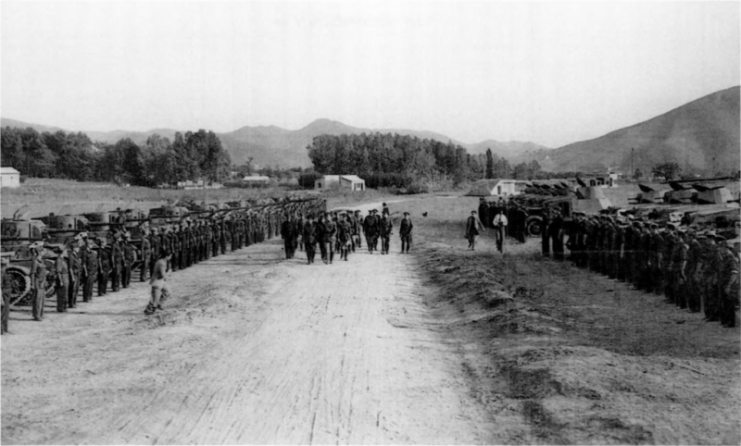
Overhead, the skies were filled with aerial battles, as dozens of Soviet I-15 fighters engaged with German and Italian pilots, while Tupolev ANT-40 bombers carried out raids, and Soviet sabotage units operated in the rear of Franco’s troops. This forestalled the inevitability of Franco’s arrival in Madrid for three years when he finally rolled in on March 28th, 1939.
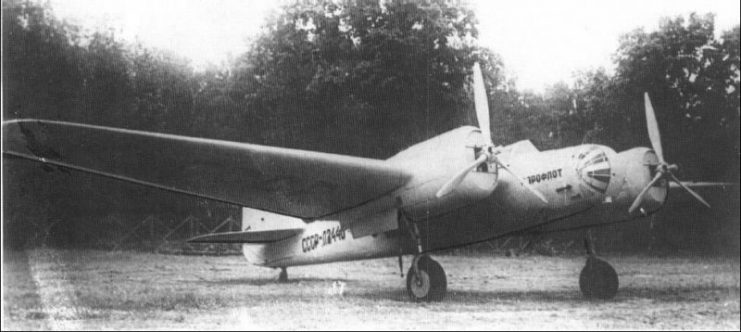
Tank “Ramming”
The second fact is that during the conflict the Soviet military completed the world’s first two tank rammings.
The first was completed 20 miles from Madrid, during the Battle of Seseña, by T-26 commander Lieutenant Semyon Osadchy, who rammed an Italian CV-33 tankette into a hollow. Unfortunately, on November 3rd, Osadchy lost both of his legs to a shell blast and died ten days later in a hospital from gangrene.
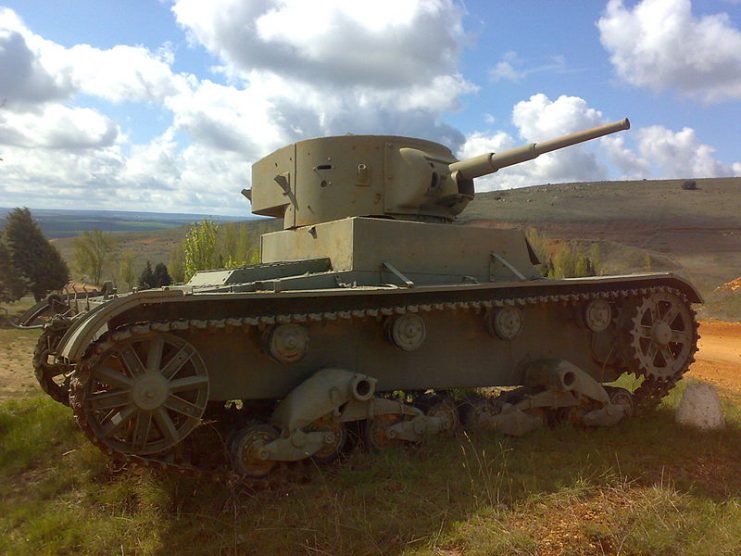
The second tank ram in history happened in March 1938, when a Soviet BT-5 light tank discovered it was outnumbered by German T-1s. It had sustained damage to its sight and observation instruments, and it could no longer fire on the enemy.
That’s when Commander Alexei Razgulyaev turned his tank into a battering ram, driving it into the nearest T-1, flipping it over. The remaining tanks promptly retreated.
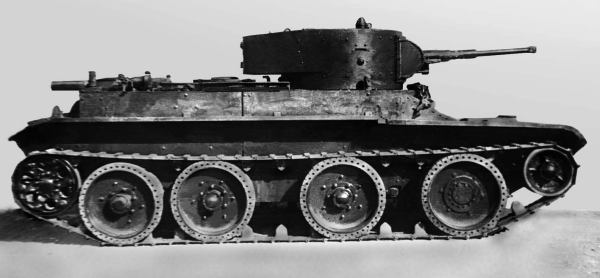
Russians Fighting Russians in Spain
The third point is that the Spanish Civil War was fought by the Russians as a continuation of the Russian Civil War. The first time Russian troops squared off was after the Russian Revolution.
From 1918 to 1922, a civil war divided Russia into several camps, and it isn’t much of an oversimplification to suggest that these camps were either the Communist supporting “Reds” or the pro-Tsarist “Whites.”
The culmination of that war pushed the pro-Tsarist faction out of their homeland, but plenty of these combatants were looking for any reason to strike back.
“Earning” Their Way Back to the Motherland
This leads into the fourth point in that not all of the Russian émigrés wanted to fight against the Soviet Union, and more than a few saw this as an opportunity to switch their allegiances with hopes of returning to their homeland.
Plenty of Russian men, often bringing their sons with them, joined with the International Brigades to try and earn their right to return home. Many of the Russian émigrés were surprised when General Andrei Yesimontovsky decided to join the Republicans. During the Civil War, he had fought with the Whites against the Reds, and in-exile was thought to be a monarchist.
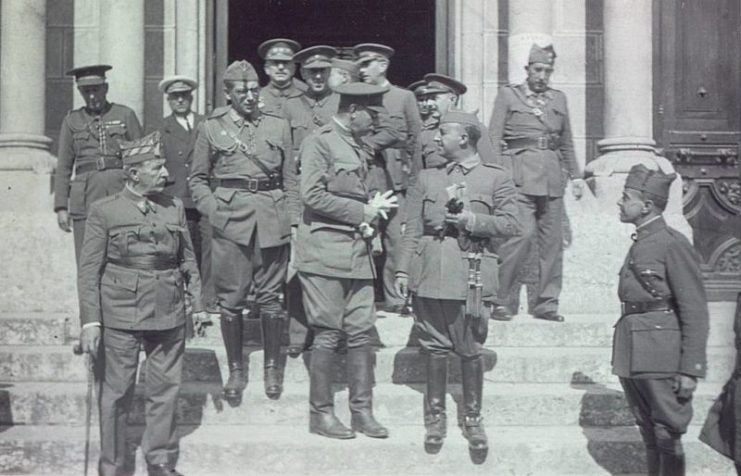
Politics Over Futbol
Lastly, Franco’s grudges during the war gave the Soviets the edge they needed to win at soccer. Spain was considered a soccer-superpower, and with the Soviet Union’s involvement in their civil war, it soured their political relations for years after the war.
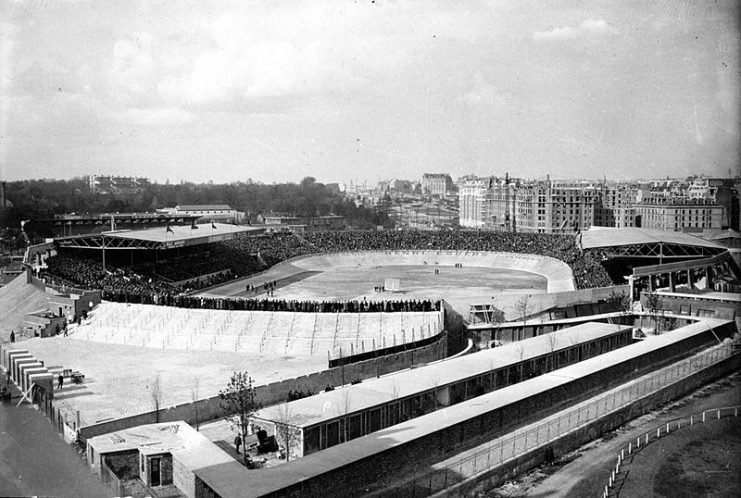
Franco held a grudge against the Soviets for the rest of his life, and that included sports. This came to a head at the European Nations Cup tournament in 1960 when the Soviet team was lined up to face Spain in the quarterfinals.
Read more articles like this – Russian Tank Commander Scored 52 Kills in 3 Months
Franco refused to let his team travel to Moscow for the first game. The boycott handed the Soviets an automatic bye, and the end result of the entirety of the tournament landed the Soviets team atop the world, breezing past Czechoslovakia in the semis and defeating Yugoslavia in the finals.
